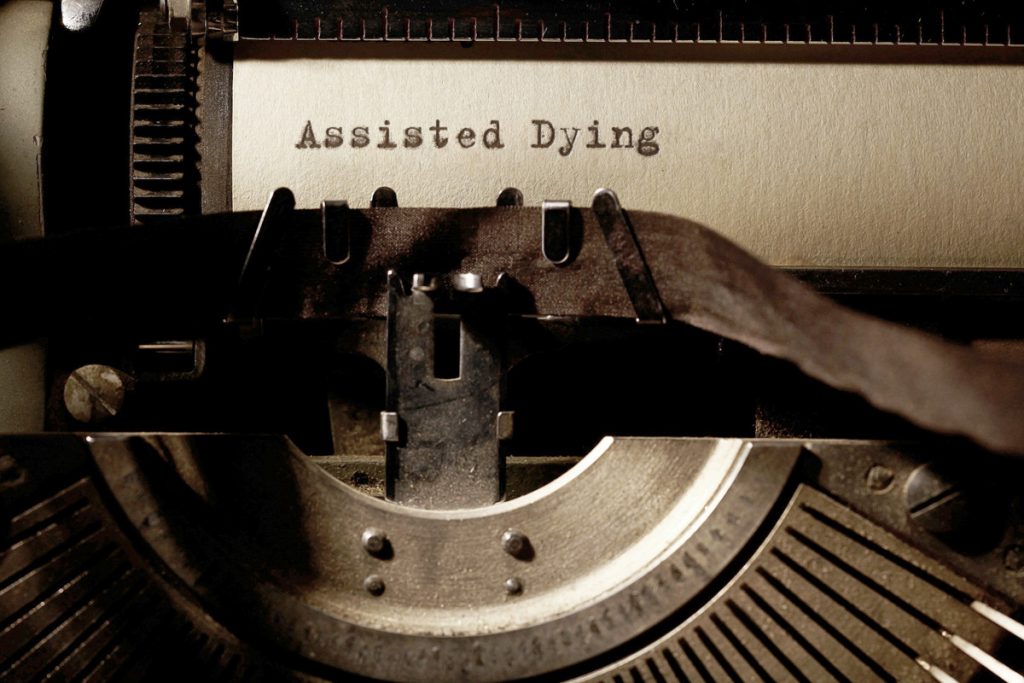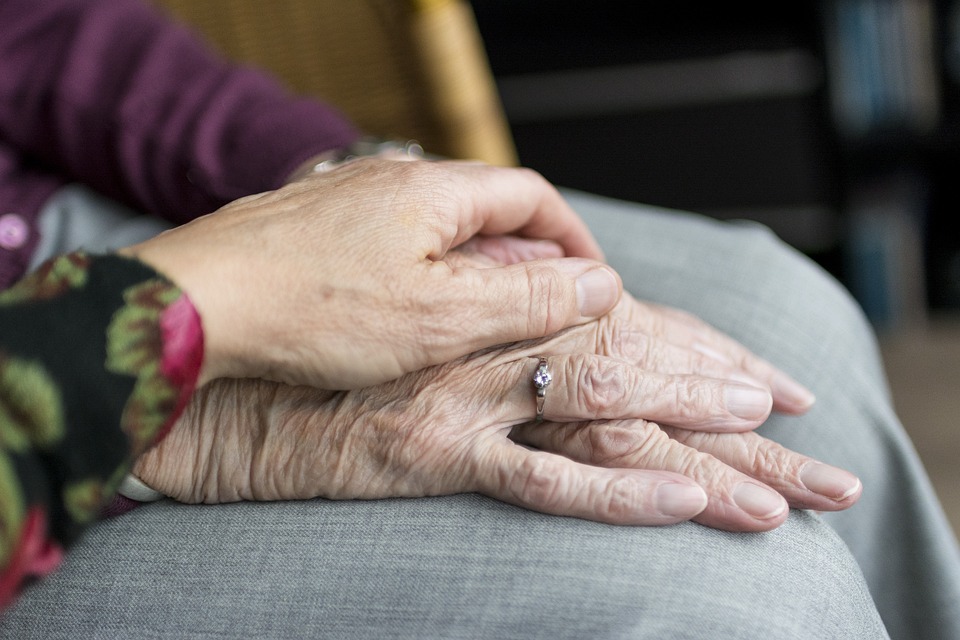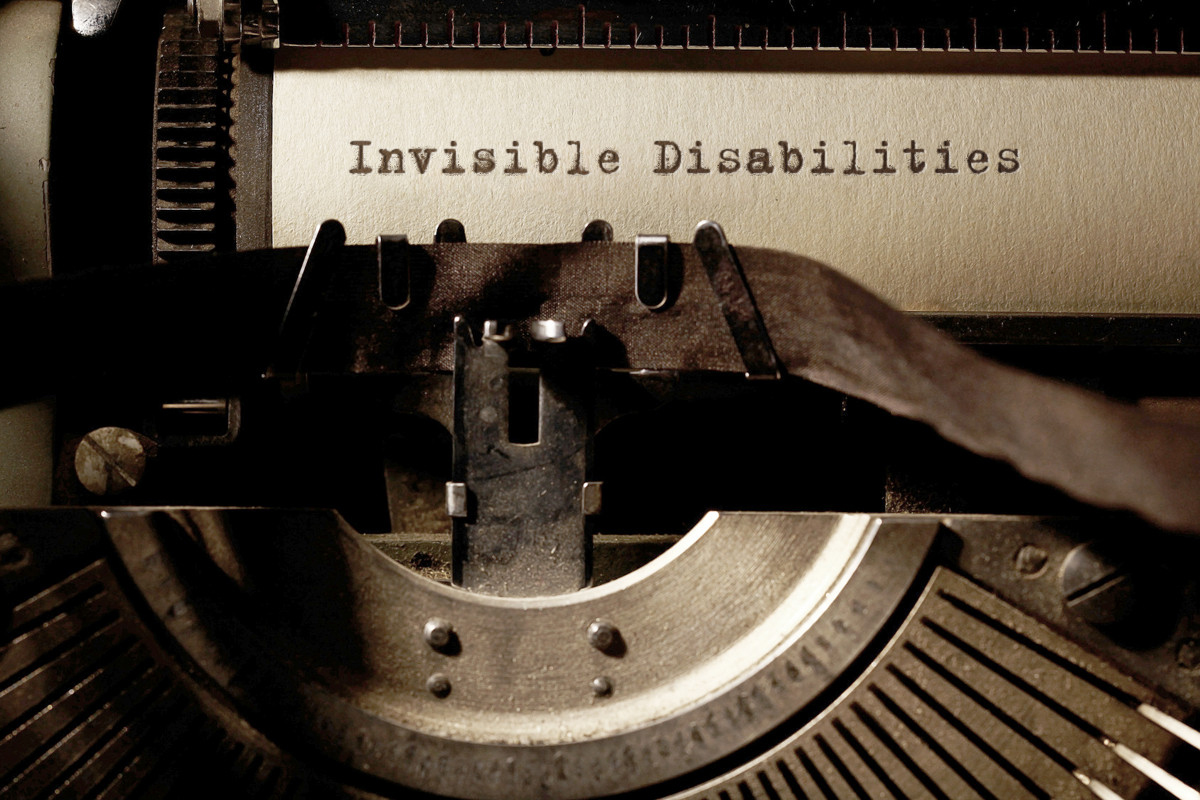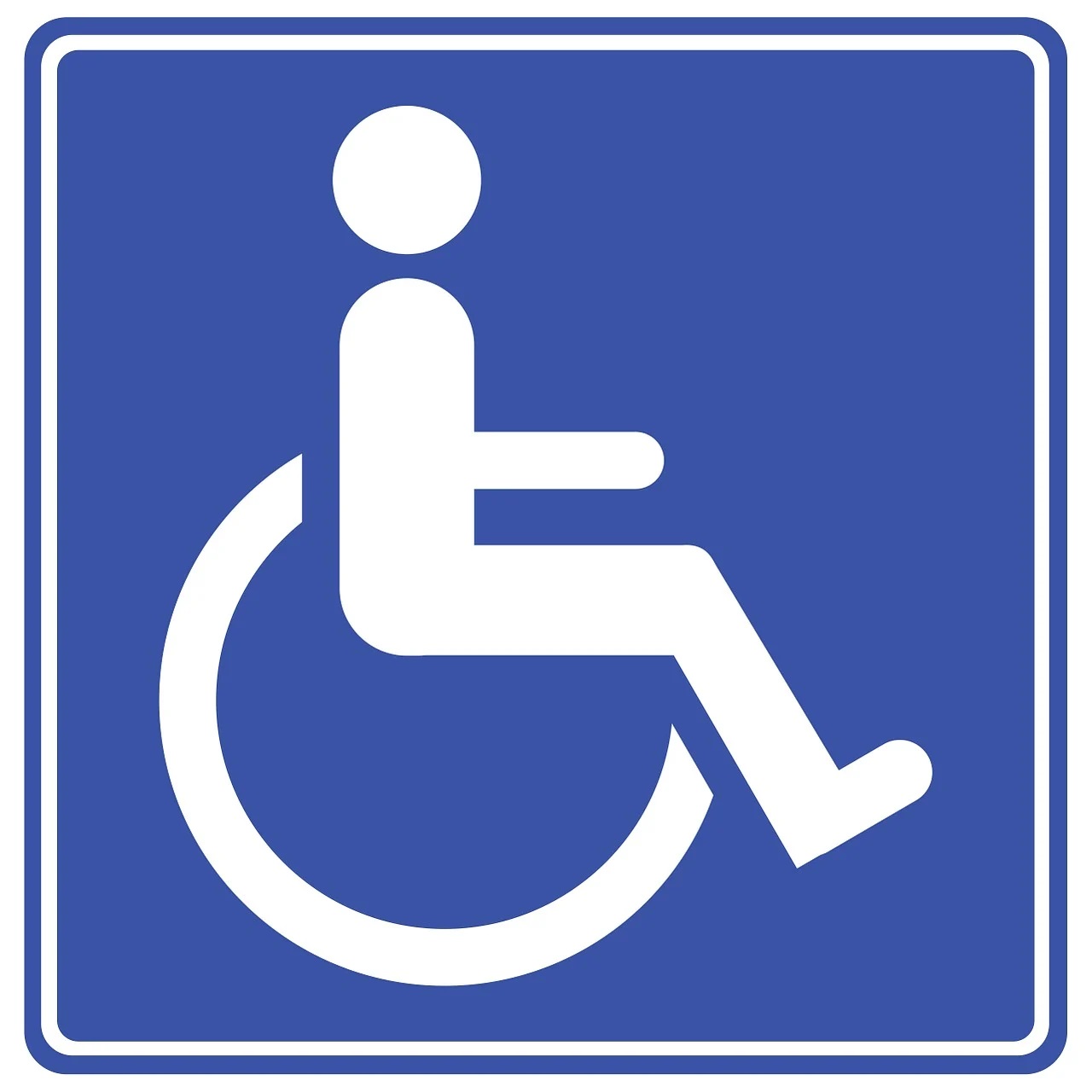
Image Credit: PhotoFunia.com Category Vintage Typewriter
The Invisible Menace: Airborne Dust Particles and Their Impact on Health and OCD Germ Contamination
Airborne dust particles, often imperceptible to the naked eye, are a ubiquitous presence in our environment. While they might seem harmless or merely a minor nuisance to most people, these tiny particles can pose significant health hazards and have a profound impact on individuals with Obsessive-Compulsive Disorder (OCD) related to germ contamination.
The Hazards of Airborne Dust Particles
Airborne dust is a complex mixture of various substances, including pollen, mold spores, skin flakes, textile fibers, and even microscopic bits of soil and debris. When inhaled, these particles can cause a range of health problems, particularly for individuals with respiratory conditions, such as asthma, chronic obstructive pulmonary disease (COPD), and allergies. Long-term exposure to high levels of dust can lead to chronic respiratory issues, cardiovascular diseases, and in severe cases, lung cancer.
Airborne Dust and OCD Germ Contamination
For individuals suffering from OCD, particularly those with contamination fears, airborne dust presents a unique and pervasive threat. OCD is a mental health condition characterized by intrusive, distressing thoughts (obsessions) and repetitive behaviors or mental acts (compulsions) aimed at reducing the anxiety caused by these thoughts. Those with contamination OCD often fear that dust particles carry germs, bacteria, or other contaminants that could cause illness.
The presence of dust can trigger intense anxiety and compulsive cleaning behaviors. These individuals may feel compelled to dust and clean their living spaces incessantly to reduce their perceived risk of contamination. This not only takes a toll on their mental health but also significantly impacts their daily lives, making it difficult to maintain normal routines and relationships.
The Role of Landlords in Ensuring a Dust-Free Environment
Given the significant impact that dust can have on individuals with OCD germ contamination, it is crucial for landlords to maintain clean and dust-free living environments for their tenants. If a landlord neglects their duty to provide such an environment and dismisses the tenant’s concerns about airborne dust particles, they may be in breach of their legal responsibilities.
In many jurisdictions, landlords are required by law to ensure that rental properties are safe, habitable, and well-maintained. This duty is often referred to as the “implied warranty of habitability.” Under this legal doctrine, landlords must take reasonable steps to address issues that could impact the health and safety of their tenants. Persistent dust problems that exacerbate a tenant’s health condition, such as OCD, could be seen as a failure to uphold this warranty.
Ensuring Dust-Free Maintenance: Protecting Tenants with OCD from Contamination
Maintenance work in homes, such as loft insulation, can inadvertently lead to significant dust contamination. For tenants suffering from Obsessive-Compulsive Disorder (OCD), particularly those with germ contamination fears, this can be extremely distressing. It is the responsibility of landlords to ensure that any maintenance work does not compromise the living conditions of their tenants. By taking proactive measures, landlords can minimize dust contamination and safeguard their tenants’ well-being, while also adhering to legal obligations under the Equality and Human Rights Commission (EHRC).
Understanding the Impact of Maintenance Work on OCD Sufferers
For individuals with OCD focused on germ contamination, dust is more than just a nuisance; it is a source of severe anxiety. The aftermath of maintenance work that generates dust can lead to obsessive cleaning routines, disrupting their daily lives and exacerbating their mental health condition. Therefore, it is crucial for landlords to recognize the impact of such activities and take steps to prevent contamination.
Preventive Measures for Dust-Free Maintenance
- Pre-Work Communication and Planning:
- Consultation with the Tenant: Discuss the planned maintenance work with the tenant well in advance. Understand their specific concerns and anxiety triggers related to dust.
- Hiring Professionals: Ensure that the contractors hired are reputable and experienced in maintaining a clean work environment. Specify the need for dust control measures in the contract.
- Dust Control Measures:
- Containment: Use plastic sheeting and barriers to seal off the work area from the rest of the home. This prevents dust from spreading to other parts of the house.
- Negative Air Pressure: Employ negative air machines to create a vacuum effect, drawing dust away from the living spaces and filtering it out of the air.
- Protective Coverings: Cover furniture, floors, and other surfaces with protective sheets to prevent dust from settling on them.
- Cleaning Protocols:
- Frequent Cleaning: Ensure that the work area is cleaned frequently during the maintenance process. Use HEPA-filtered vacuums and damp wiping techniques to capture and remove dust particles effectively.
- Post-Work Cleaning: Arrange for a thorough cleaning of the entire affected area once the work is completed. This should include air purification and detailed surface cleaning to ensure no residual dust remains.
- Tenant Relocation:
- Temporary Relocation: If possible, offer the tenant temporary accommodation during the maintenance work. This can help mitigate the anxiety and stress associated with being present during dusty activities.
Legal Implications and Tenant Rights
Under the EHRC, tenants have the right to live in a safe and habitable environment free from unnecessary stress and disturbance. This includes the right to reasonable accommodations for mental health conditions, such as OCD. Failure to provide such accommodations can be seen as discrimination and a breach of the tenant’s rights.
Landlords must adhere to the implied warranty of habitability, ensuring that their properties are well-maintained and safe. Neglecting to implement proper dust control measures during maintenance work can be considered a violation of this warranty. Additionally, landlords have a duty to make reasonable adjustments to prevent exacerbating a tenant’s health condition, as stipulated by the EHRC.
Navigating Home Modifications: Respecting the Rights of OCD Sufferers with Social Interaction Fears
For individuals suffering from Obsessive-Compulsive Disorder (OCD), particularly those who have a profound fear of physical interaction with people, the prospect of allowing contractors into their homes can be a source of immense distress. When these individuals are compelled to accommodate such intrusions, especially for modifications that do not offer them immediate benefits, it raises significant human rights and legal concerns.
The Impact of Forced Interactions on OCD Sufferers
OCD is a mental health condition characterized by persistent, intrusive thoughts and repetitive behaviors aimed at alleviating anxiety. For some sufferers, this includes an overwhelming fear of interacting with others, which can be paralyzing and severely impact their daily lives. The forced presence of contractors in their homes can exacerbate their symptoms, leading to increased anxiety, panic attacks, and a sense of violation of their personal space.
Human Rights and Legal Considerations
Human Rights
Under the Equality Act 2010 in the UK and similar legislation in other countries, individuals with disabilities, including mental health conditions like OCD, are protected from discrimination. This includes the right to reasonable adjustments that accommodate their specific needs and prevent unnecessary distress.
Types of Discrimination
- Ableism: Ableism refers to discrimination and social prejudice against people with disabilities. Forcing an OCD sufferer to interact with contractors without considering their condition can be seen as a form of ableism, as it disregards their mental health needs and imposes unnecessary hardships.
- Direct Discrimination: This occurs when someone is treated less favorably because of their disability. If a landlord or housing authority knowingly disregards the expressed concerns of an OCD sufferer and forces them to endure distressing interactions, this could constitute direct discrimination.
- Indirect Discrimination: This involves policies or practices that apply to everyone but disproportionately disadvantage people with disabilities. A blanket policy requiring all tenants to allow contractors into their homes without exceptions for mental health conditions can be seen as indirect discrimination. It fails to take into account the specific needs of those with OCD, leading to undue stress and anxiety.
Legal Obligations of Landlords and Housing Authorities
Landlords and housing authorities have a legal duty to make reasonable adjustments for tenants with disabilities. This includes taking steps to minimize the impact of necessary maintenance or modifications on tenants with OCD. Failure to do so can lead to legal consequences under anti-discrimination laws.
Ensuring Respect and Accommodation
- Open Communication: Landlords should engage in open and empathetic communication with tenants who have OCD. Understanding their specific triggers and concerns is the first step in making appropriate accommodations.
- Alternative Arrangements: Whenever possible, provide alternative arrangements that minimize physical interaction. This might include scheduling work when the tenant is not home, offering temporary relocation options, or using contractors who are trained to work in a manner that reduces direct contact.
- Reasonable Adjustments: Implement reasonable adjustments such as giving advance notice, ensuring work is done quickly and efficiently, and maintaining a clean and quiet environment to reduce stress.
- Legal Recourse: Tenants who feel their rights are being violated can seek legal recourse. They can file complaints with housing authorities, seek mediation, or pursue legal action under anti-discrimination laws.
Conclusion
Forcing OCD sufferers who fear physical interaction to allow contractors into their homes for non-urgent modifications not only exacerbates their condition but also raises serious human rights and legal issues. It is imperative for landlords and housing authorities to recognize the specific needs of these individuals and make reasonable adjustments to accommodate them. By doing so, they not only adhere to legal obligations but also demonstrate respect and empathy for the mental health challenges their tenants face. Disregarding these needs can result in claims of ableism, direct discrimination, or indirect discrimination, highlighting the importance of a compassionate and legally compliant approach to tenant care.
Performing maintenance work in a home, especially tasks like loft insulation, can significantly impact tenants with OCD germ contamination fears. Landlords must take proactive steps to prevent dust contamination, thereby protecting their tenants’ mental health and adhering to legal obligations. By employing effective dust control measures, maintaining open communication with tenants, and ensuring thorough cleaning protocols, landlords can create a safer and less stressful living environment for all their tenants. Ensuring these practices not only complies with the EHRC’s standards but also fosters a trusting and respectful landlord-tenant relationship.
Airborne dust particles, though often overlooked, can pose serious health hazards and significantly impact individuals with OCD germ contamination. For those suffering from this condition, the presence of dust is not merely a matter of cleanliness but a source of profound distress and anxiety. Landlords have a legal and moral obligation to provide a safe and habitable living environment, which includes addressing concerns related to excessive dust. By understanding the challenges faced by tenants with OCD and taking appropriate measures to maintain a clean living space, landlords can help alleviate the burden of this invisible menace.





















